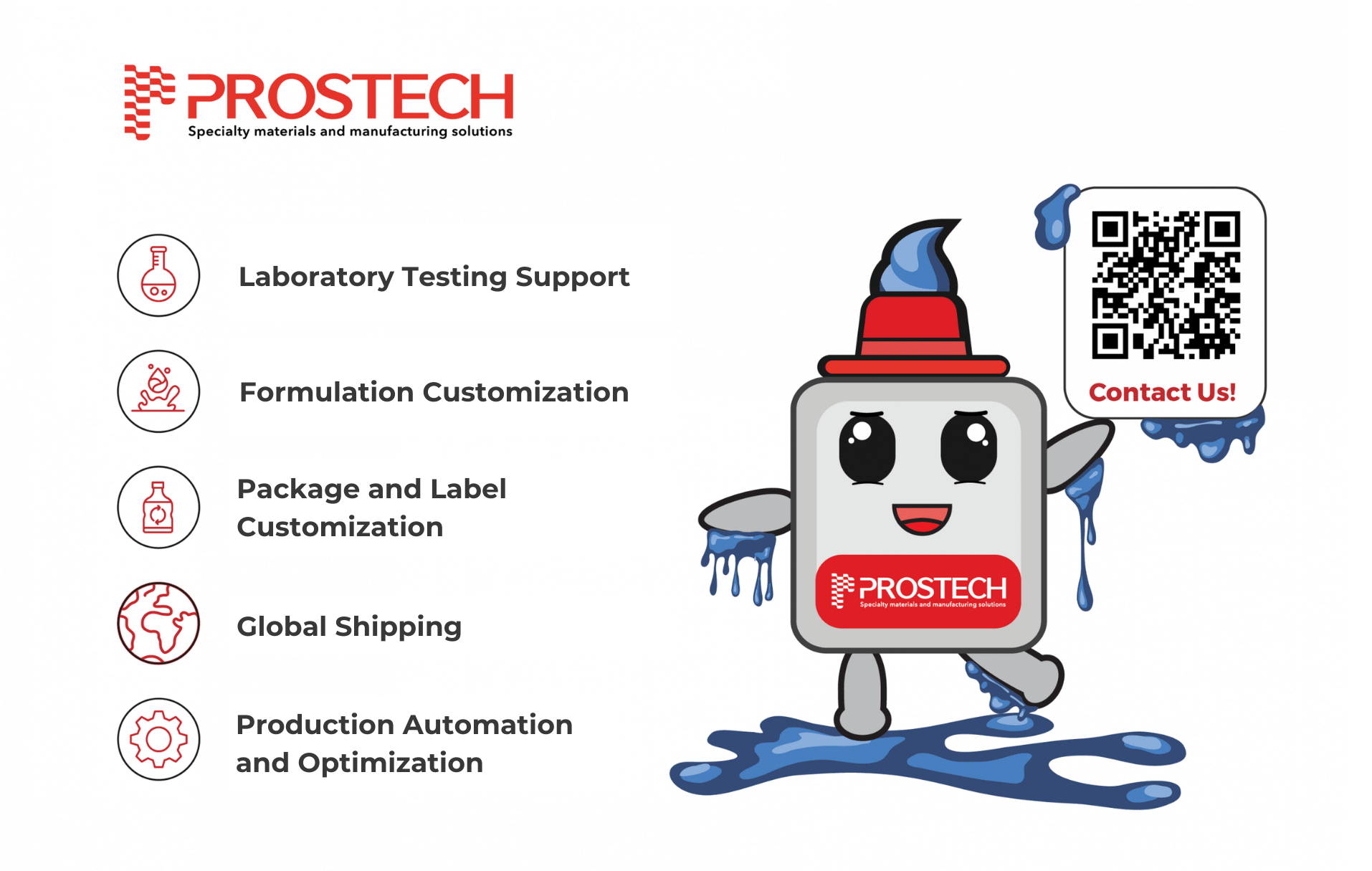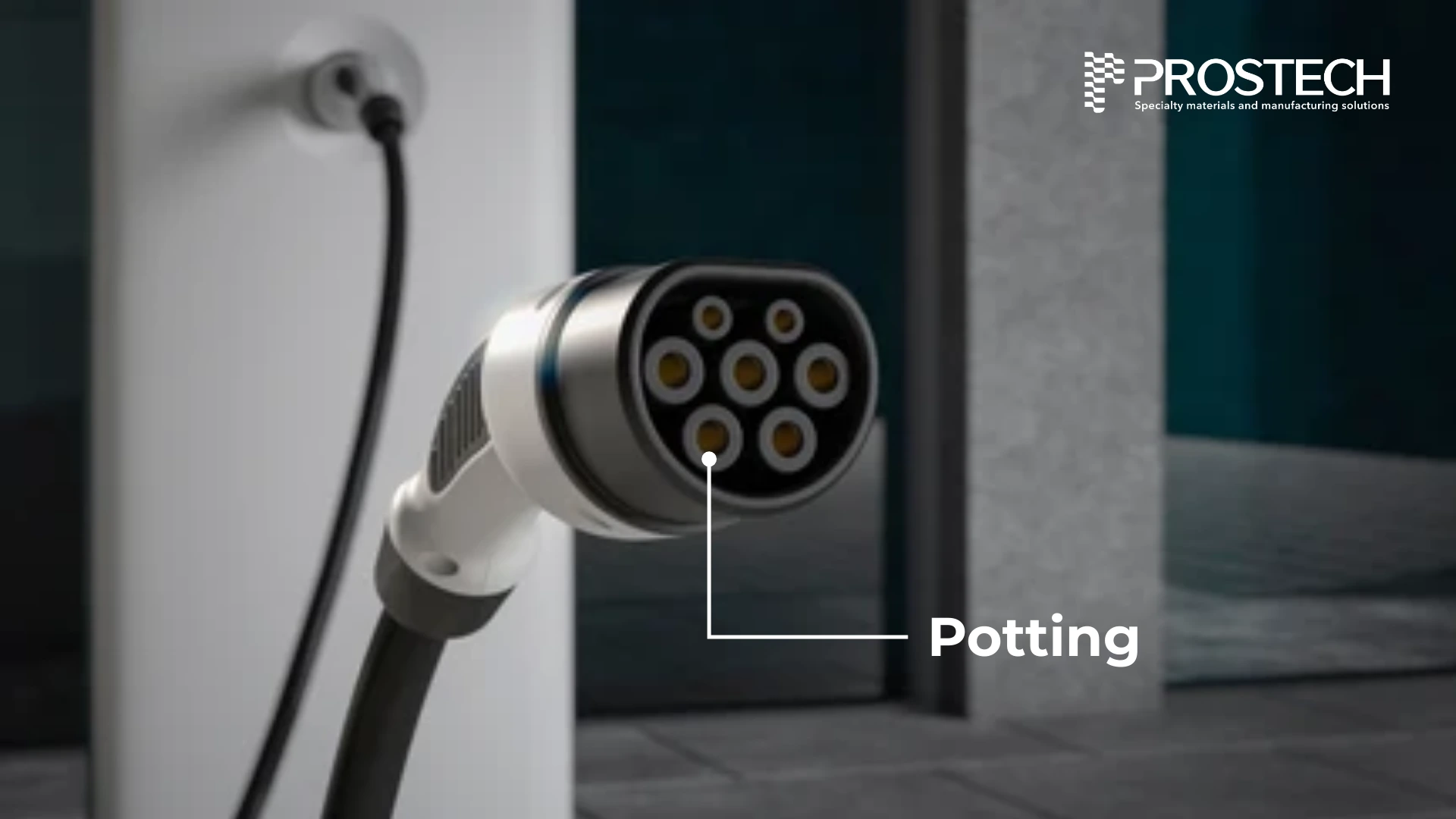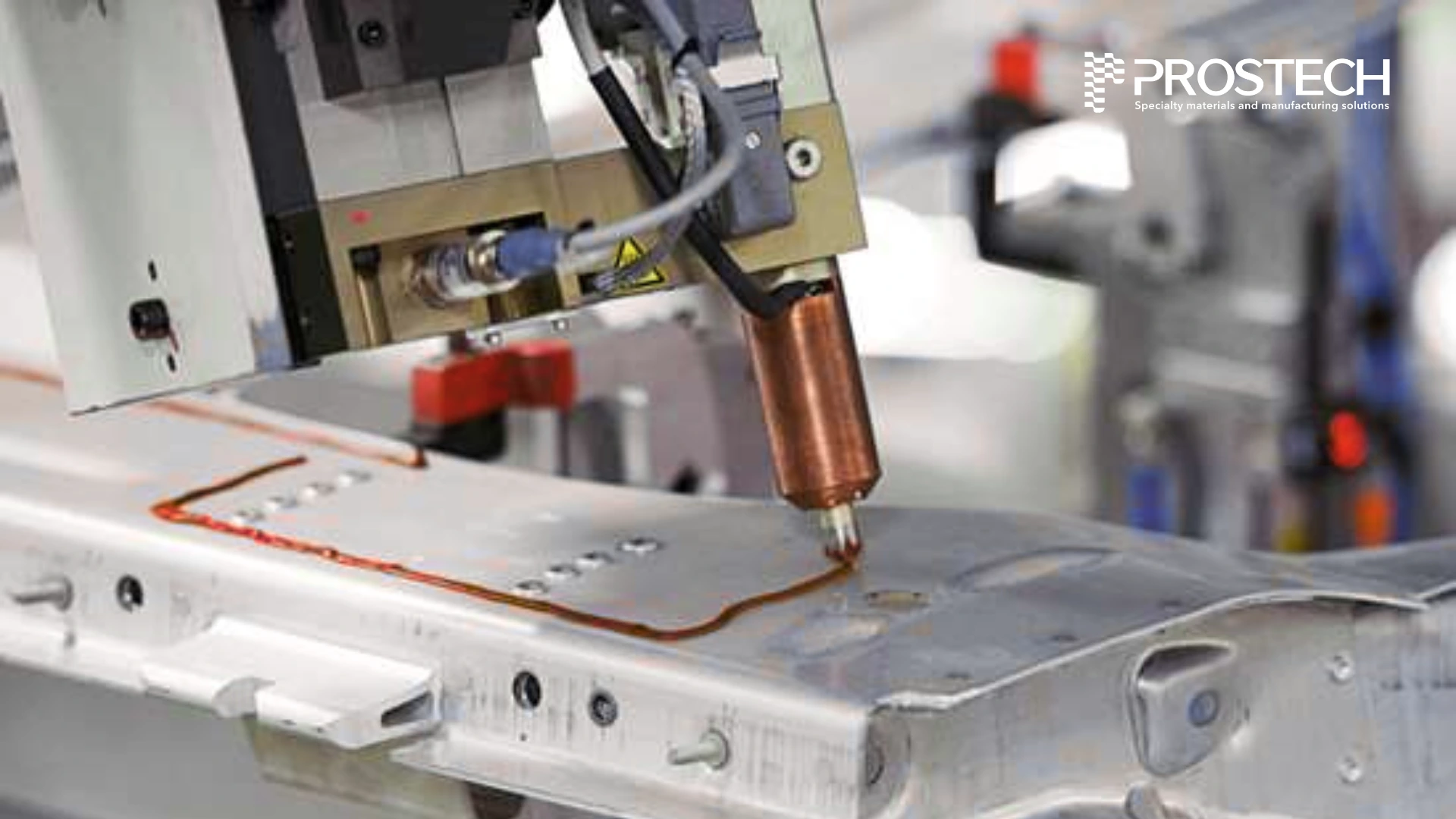Corrosion is one of the biggest threats to cooling systems, especially in industrial settings where prolonged exposure to heat and moisture can accelerate deterioration. The solution? The right coolant that contains effective corrosion inhibitors. These inhibitors protect the metal surfaces in your cooling system, preventing rust, damage, and efficiency loss. There are several types of corrosion inhibitors used in coolants, with Organic Acid Technology (OAT) and Inorganic Acid Technology (IAT) being two of the most common. Let’s explore the differences between them to understand which offers longer-lasting protection and superior performance.
Related article: Heat Transfer Fluids (HTFs) for Industrial Cooling
Understanding Corrosion Inhibitors
The role of a corrosion inhibitor in a cooling system is to form a protective layer on metal surfaces. This barrier prevents the metal from coming into direct contact with water, halting the corrosion process. There are different types of inhibitors, including IAT (Inorganic Acid Technology), OAT (Organic Acid Technology), and HOAT (Hybrid Organic Acid Technology, which combines elements of both inorganic and organic technologies). The inhibitor type used directly affects the bonding between the inhibitor and the metal surface, which in turn impacts both the performance and the longevity of the coolant.
In the coolant system, inhibitors align along the metal surface, chemically bonding with it. This forms a layer that prevents further water-to-metal contact, thus stopping corrosion. The bulk fluid must contain an oversupply of additional inhibitor molecules, ready to form new protective layers when the existing ones are depleted or damaged. The key factor determining the coolant’s effectiveness lies in the stability and longevity of this protective layer.
IAT Coolants – Inorganic Acid Technology
IAT coolants rely on inorganic inhibitors like silicates and phosphates. These inhibitors react chemically with the metal surface to form a protective layer, but once the inhibitor molecules are consumed or removed (due to damage or fluid flow), they cannot be reactivated. As a result, the metal surface will no longer be protected, and the coolant needs to be replaced more frequently.
Key Characteristics of IAT Coolants:
- Formation of Protective Layer: Chemical reaction forms the protective layer.
- Depletion: Once the inhibitor molecules are used up, they cannot be replaced or reactivated, leaving the metal unprotected.
- Site Selectivity: Inorganic inhibitors cover the entire metal surface, but they tend to wear out quickly due to the extensive surface area they cover.
- Service Life: Typically shorter than OAT coolants, with fluid changes needed every 1-2 years.
OAT Coolants – Organic Acid Technology


OAT coolants use organic inhibitors that physically adsorb to the metal surface. Unlike IAT inhibitors, OAT molecules remain active even after they have been removed from the metal surface. They can reattach and reform a protective layer when needed, providing extended protection. This makes OAT coolants last longer and require fewer changes.
Key Characteristics of OAT Coolants:
- Formation of Protective Layer: Chemical/physical adsorption forms the protective layer.
- Depletion: OAT inhibitors do not deplete easily. Even when molecules break away, they can reattach and continue protecting the metal surface.
- Site Selectivity: OAT inhibitors adsorb to specific sites on the metal surface, which makes them work more effectively and slowly, reducing consumption.
- Service Life: Longer than IAT, with fluid changes needed only after several years.
When comparing IAT and OAT coolants, OAT clearly stands out in terms of durability and long-term protection. OAT coolants provide superior corrosion resistance due to their ability to reattach to metal surfaces and continuously protect them over time. In contrast, IAT coolants, while effective initially, deplete more quickly and require more frequent replacements.
Moreover, the bonding mechanism in OAT coolants is more selective, ensuring a thicker and more reliable protective layer that can withstand prolonged heat and pressure, making it ideal for high-performance applications like data centers or automotive engines.
Related article: How OAT-based Coolants Can Prevent Corrosion in Cooling System
Case Study: OAT PG-25 for Data Center Cooling
Modern data centers house thousands of servers operating 24/7, generating immense heat in tightly packed environments. Today’s data centers are increasingly turning to liquid cooling technologies, such as direct-to-chip cooling, to meet rising thermal demands. Effective cooling is not just about performance—it’s critical for:
- Preventing overheating and hardware failure
- Lowering PUE (Power Usage Effectiveness) ratios
- Avoiding corrosion or degradation in sensitive systems
- Meeting sustainability goals with low-toxicity materials
- Maintaining consistent temperatures under fluctuating loads


OAT PG-25, a propylene glycol-based coolant with organic additive technology (OAT), was selected for use in next-generation direct-to-chip liquid cooling systems at multiple high-density data centers.
Unlike ethylene glycol-based coolants, OAT PG-25 offers low toxicity, ensuring safer use in enclosed environments with maintenance personnel and sensitive equipment.
It protects a wide range of metals—aluminum, copper, brass, stainless steel—from corrosion, erosion, and cavitation, extending the life of cold plates, pumps, and heat exchangers.
Pre-mixed and CAB flux-compatible, it simplifies system filling and reduces human error during charging. No on-site dilution or water quality concerns.
Engineered for stable performance under high thermal loads, OAT PG-25 efficiently manages the heat generated by modern CPUs and GPUs, even in edge and hyperscale facilities.
With up to 8 years of life (when maintained with extenders), it minimizes the need for downtime or fluid replacement—critical for uptime-sensitive environments like data centers.


Choosing the right coolant for your system depends on the specific needs of your equipment. If you’re looking for long-lasting protection and reduced maintenance costs, OAT coolants are the superior choice. They not only offer better corrosion resistance but also reduce the frequency of fluid changes, ensuring a more efficient and cost-effective cooling solution in the long run.
For more information on OAT coolants and to get a tailored recommendation for your cooling system, feel free to reach out to us for a consultation.







